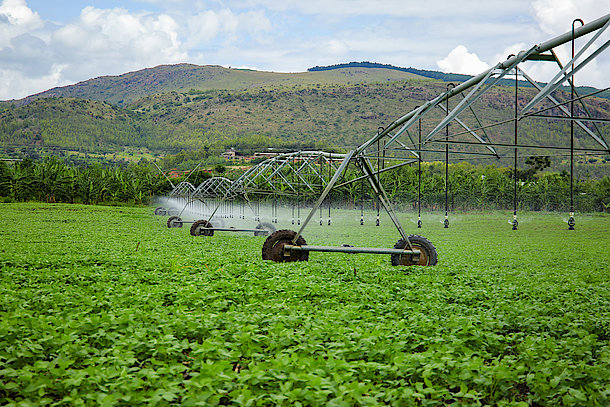Over the last 26 years, the agriculture sector has played tremendous role in improving livelihoods of Rwandans and sustaining the country’s economy. This thrills Rwandan farmers as they celebrate the 26th National Liberation Day.
Cattle population grew from 172,000 to around 1,300,000 with a contribution of over 380,000 cows from Girinka programme which was initiated in 2006. This has contributed to the improvement of livelihoods, nutrition, family incomes and social cohesion among Rwandans
The increase of animal population boosted animal products in the country. For instance, milk production increased from 7,206,000 liters per year in 1994 to over 847,178,000 liters to date – an increase of 117.5 times.
Before 1994, Rwanda’s fish production was below 7,000 MT per year. Today, the country produces 35,312 MT of fish — an increase of 504.4%.
Agriculture export income increased from $70 million before 1994 to $421.1 million today. Only coffee, tea & Pyrethrum were considered as cash crops, but staple crops, animal products, new commodities like Macadamia, flowers, fruits, vegetables, cereals & grains became cash commodities
Annual tea production grew from 11,000MT of made tea in 1994 to 32,343 MT of made tea to date. Annual tea revenue was only $17.5 million 26 years ago, but this cash crop now generates USD 92.54 million. In the same period, annual coffee income has increased from USD 38 million to over USD 62.4 million now.

